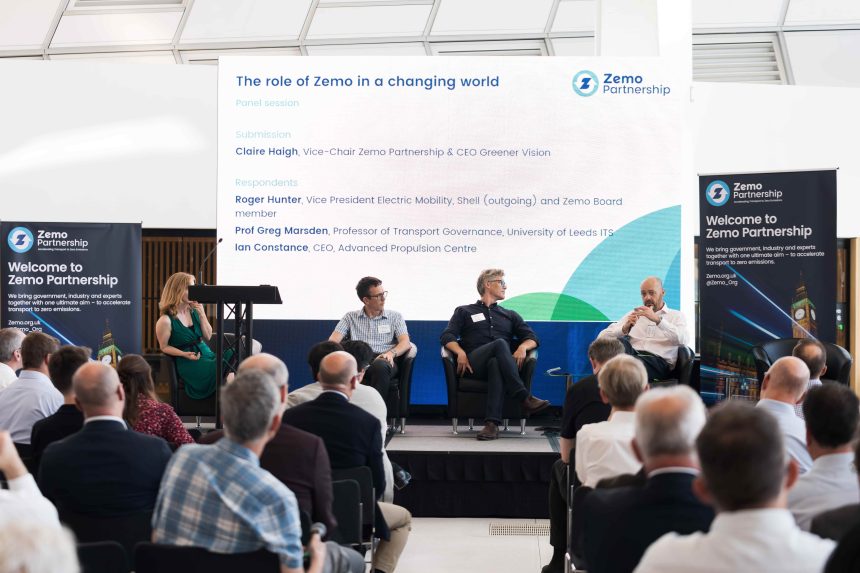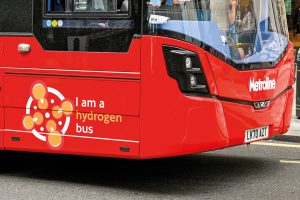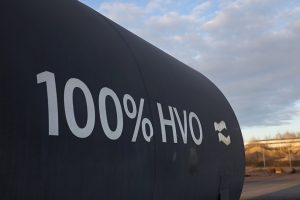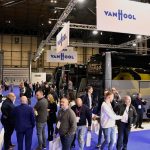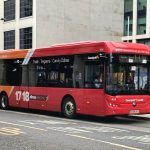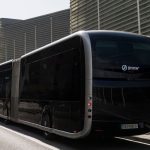Zemo Partnership is one of the UK’s most influential sustainable transport collaborations. This year it marks two decades of promoting eco-friendly transport, with a revamped commitment to net-zero mobility.
The newly minted Zero Emission Mobility Taskforce is spearheading that initiative, aiming not just to provide a vision but a concrete roadmap for the country’s transition to zero-emission transport. The taskforce will look for a clear narrative that provides consensus by developing a set of roadmaps. Roadmaps create benchmarks, and regular annual reports will be produced to assess progress against those benchmarks, with touch points alongside the government’s Climate Change Committee. That, Zemo says, will give the organisation the radar that identifies gaps that need to be tackled.
Jonathan Murray, Policy and Operations Director at Zemo, reveals the change in direction leverages 20 years of experience and collaboration that will forge a clear path ahead – with a final destination in mind.
An opportune time to refocus?

Jonathan has been an economist in the automotive and energy sectors his whole working life. He was involved in the creation of Zemo, or the Low Carbon Vehicle Partnership (LowCVP) as it was then known, in 2003, while working for the Energy Savings Trust. A big proportion of his career has been facing up to the issues of environment, climate, and of ensuring that a manufacturing base exists in the UK.
His role within Zemo now involves the operational delivery of the organisation and its policy formation. A lot of his job has been in tackling the “larger” policy issues.
“Zemo has always been very good at working the detail, determining what is the specification of a bus or how to accredit a fuel, or how to tackle ancillary equipment and decarbonising,” he explains. “The role I play is the big picture policy stuff – making sure we’re heading in the right direction. A lot of what I’ve been involved in is bringing together large stakeholder communities to deliver and get a vision on the long-term view.”
One of the key strengths of Zemo and its 200 plus members is its ability to bring together a stakeholder community that is much broader than any other sector. Zemo has always run taskforces and groups both for itself and government, trying to develop consensus on the direction of travel and on the barriers that need to be attacked. They include, for instance, a taskforce on fuels run on behalf of the Department for Transport, the Transport Energy Taskforce, which brought a community together around tackling issues within the energy system. That became the EV Energy Taskforce, which leads to where Zemo is today – bringing together members across the whole spectrum of road transport to look at decarbonising road transport as a whole, and understanding its interdependencies.
“It is a fascinating forum to get involved with, because at times, there are quite disparate people around the table,” Jonathan says. “But I think the power of convening comes from creating a community with a shared objective, and I think that’s part of our role – to express and keep in mind that, this is a community, we come together for an objective, and this is what we’re trying to achieve.
“There may be areas where we have different opinions. It happens across such a broad spectrum. We need to identify what we’re doing together, what we can agree, and how we work together to achieve that. And it’s worked very effectively – which is part and parcel of the fact we’ve been here for 20 years and are looking at how we move to the next 20 years.”
Casting his mind back to when LowCVP was first created, Jonathan reflects on how much of the work being done 20 years ago took place in silos – whether that was looking at the efficiency of vehicles, the bio content of fuels, or how information could be provided to the market place to help buyers make decisions and investment.
Those boundaries are inappropriate,” says Jonathan. “We need to break down those silos and bring people together. Within our bus working group, one of the key things we’ve done there is look at the certification of buses, and we were the first people to do that on a well-to-wheel basis rather than on the efficiency of the technology.”
Pushing those boundaries in terms of understanding what decarbonisation is means, for example, ensuring that the National Grid, which is itself undergoing changes, doesn’t present barriers to the uptake of EVs. “The solution to the problems are ‘system solutions’” says Jonathan. “They’re not specific – they look at the system as a whole.”
All this combines to create what Zemo believes is an opportune time to refocus. “Looking forward, we have to change to continue to be effective,” Jonathan says. “To play a role in supporting policy development, finding the solutions that will deliver decarbonisation of transport, and that economic benefit to the UK as well. We need to amplify the messages that are right, and we need to identify where the gaps are and try and identify where we resolve those gaps. We’ve got to understand where there are systemic problems which are going to be holding back the system in terms of delivery.”
Some sectors push ahead
So far, buses present the fastest decarbonisation sector in terms of progress to zero-emission operation, according to Jonathan. Cars are well on their way, with vans and coaches “struggling” by comparison.
The activity of the new Zero Emission Mobility Taskforce will expedite progress for those sectors lagging behind. It will take the net-zero ambition of 2050 and look at what that means for three key sectors – shared mobility, public mobility, and goods and services. Those sectors are subdivided into key pillars that will support the decarbonisation of each.
There are three primary “halfways” that Zemo will now explore. One is the role of sustainable fuels. Another is the role of zero-emission in terms of electrification, and another is the role of hydrogen. Zemo recognises further pathways that are “not necessarily in the spotlight”, such as modal shift and active travel, but the focus is for now on those three primary pathways.
Thereon, the Taskforce will examine pillars such as existing vehicle specifications, fuels, energy, and the embedded carbon in electrification. Infrastructure will be examined – such as how fuel is dispensed or vehicles are charged, but equally how those services are distributed, and whether that infrastructure can deliver the fuels Zemo is looking for in the future. As for hydrogen, questions exist on how it will be generated, distributed, and stored.
Finally, there is the end user, where many considerations apply in terms of finance and economics, from total cost of ownership to making the case for investment, and de-risking return on investment for new vehicles. In an ideal world, there is also the angle of UK PLC – asking how much research, design and manufacturing can take place in the UK is an important element. Operating these vehicles should also add value to the UK pocket, as well as to its environment.
“That’s the structure approach,” says Jonathan. “What we typically do is paint a picture – what does success look like, and what are the enabling conditions that are going to allow this to be achieved.”
The next stage will be to step back and ask how the right conditions can be made. Jonathan says Zemo tries to avoid creating long lists that are difficult to digest or deliver upon. Tasks are prioritised and put into phases – things that can be undertaken, and where actions can be fit together. “We look at the low hanging fruit and what can be achieved in the short and medium term,” he says.
When that stage comes, it will be taken forward with Zemo’s working groups and members. The Fuels Working Group will look at the role of sustainable fuels and the role of hydrogen, and so forth.
“In terms of undertaking, the Taskforce activity is to scope the problem, make sure we understand the problem – and have identified the information and recommendations, reports and evidence base that’s out there – and build on the shoulders of what’s gone before to make sure we’re adding value,” adds Jonathan.
Excitement for the future
Despite his many years working with Zemo, Jonathan says the time has passed quickly thanks to the fascinating work and the great range of organisations that exist to tackle meaningful challenges.
“What I look forward to is working with people to identify solutions and get practical answers to remove barriers, and getting that message across to decision makers.
“There’s a new opportunity in the next 12 months to do that – to set in place what is hopefully a new trajectory, a new consensus about how we achieve decarbonising low carbon road transport, or decarbonising road transport and creating a benefit for UK PLC. What my experience of working with the coach and bus industry shows is that there is an incredible knowledge there, incredible expertise, and a willingness to tackle these issues – that, in some ways, is unique of that sector, because it’s working with passengers, providing a service and an environment that passengers want.
“If we can add to that, providing a solution to the problems we face, climatically, it will be fantastic.”




















